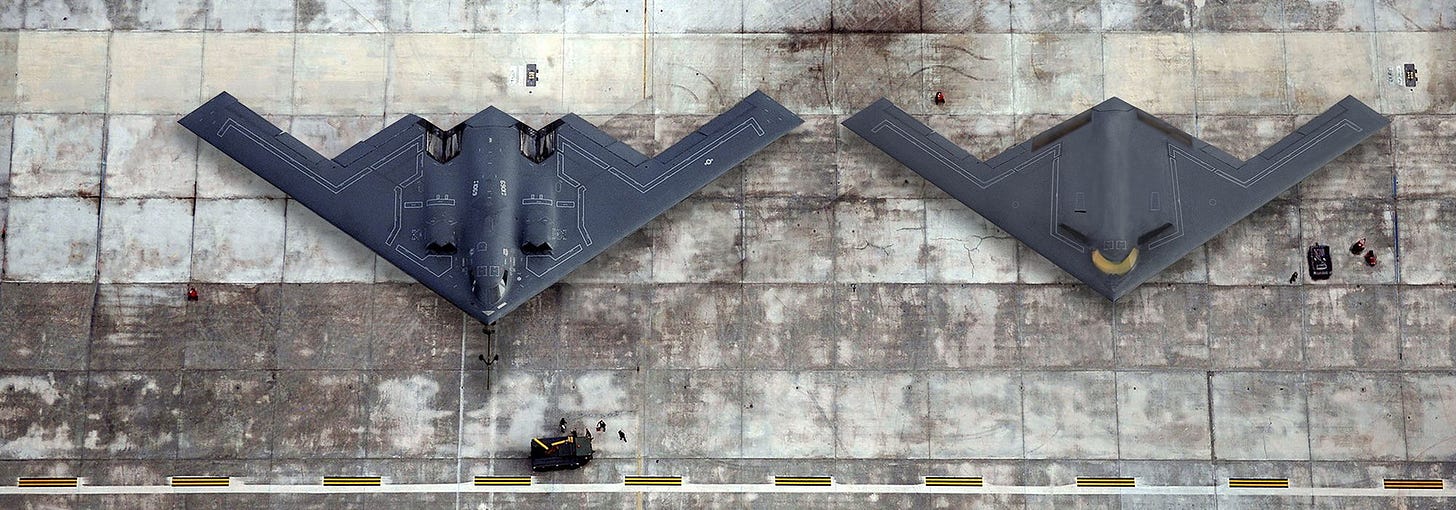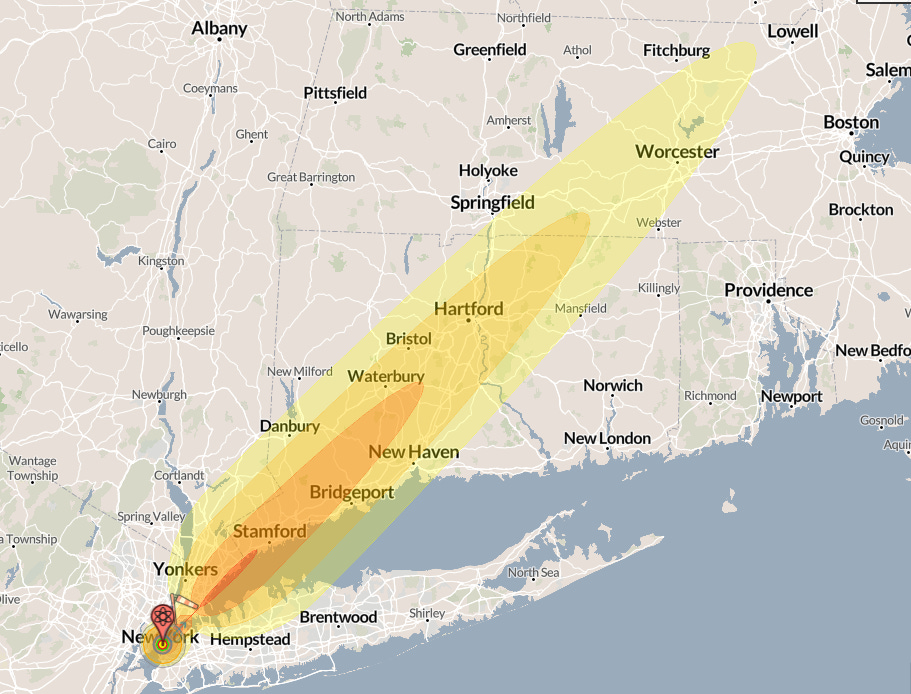All they want for Christmas is a new bomb
The United States is going to upgrade a B61 thermonuclear weapon, which can be as destructive as 24 Hiroshima or 18 Nagasaki bombs.
Do we really need another nuclear weapon? Uncle Sam thinks we do. In a striking show of bad timing, the US Congress has just approved a plan by the Department of Defence for a new thermonuclear weapon — an upgrade to an old one from the B61 family.
All the President’s options
The B61-13 will have the same destructive capacity as the old B61-7 (which it will replace), but including “the modern safety, security, and accuracy features” of its immediate predecessor, the B61-12 (being deployed right now).
According to the Department of Defence,
“The B61-13 would be deliverable by modern aircraft, strengthening deterrence of adversaries and assurance of allies and partners by providing the President with additional options against certain harder and large-area military targets.”
… whatever that might mean.
The weapons will be launched by the vultures above, the B-2 Stealth strategic bombers (already being used for the B61-12). The new engine of death will be a “gravity bomb”. This is just a fancy name for bombs that are dropped from airplanes and reach their targets through the force of gravity (like everything that falls).
At the top of the dial
All bombs from the B61 family are ‘dial-a-yield’ weapons: their destructive power can be set according to the mission. For example, the B61-12 can go from 0.3 to 50 kilotons (one kiloton has an energy equivalent to one thousand tons of TNT). Little Boy, the weapon that devastated Hiroshima, had a yield of approximately 15 kilotons, while Fat Man, dropped on Nagasaki, had roughly 21.
Since the B61-13 will have the same yields as the B61-7, this means that it can go until 360 kilotons — 24 Hiroshima and 18 Nagasaki bombs. Just to give an idea of what might happen if this weapon were used, the simulation below, made on the website NukeMap, shows a probable scenario in case a large city like New York was attacked:
Almost 800,000 people would die, with more than one million injured. The fallout would go all the way to Massachusetts.
Not that bad, but bad enough
Even though it may be hard to believe, the B61-13 is a far cry from the mammoth nuclear weapons from the mid-80s, with plenty of multimegaton monsters capable to turn the whole of Europe, and vast swathes of the United States and the Soviet Union, into a wasteland (a megaton corresponds to one million tons of TNT).
Thanks to the disarmament treaties signed since that time, the global nuclear stockpile decreased dramatically. But one nuke is one too many, and there are still more than 12,000 worldwide. The US and Russia have almost 90% of all weapons.
Miserable failure
When the plan for developing the B61-13 was announced, on October last year, it was received with surprise and generated controversy. According to the Federation of American Scientists (FAS),
“The military doesn’t need an additional, more powerful gravity bomb. In fact, Air Force officials privately say the military mission of nuclear gravity bombs is decreasing in importance because of the risk of putting bombers and their pilots in harm’s way over heavily defended targets – particularly as long-range missiles are becoming more capable.”
Arguably, the decision was politically motivated. The American government was planning to retire the last nuclear weapon in the megaton range — the B83-1, with a yield of 1.2 megatons. Facing a strong opposition from Republicans, who wanted to keep that bomb in the nuclear arsenal, the administration seemingly tried to use the B61-13 as a bargain to win them over.
If that was the plan, it failed miserably. The Annual Defence Policy Bill, approved earlier this week, not only authorised the production of the new bomb, but also prohibited the retirement of the B83. The Bill resulted from a tangle of compromises on many issues, from Ukraine to the Pentagon’s abortion leave policy.
All over Europe
There are about 100 B61 bombs in Europe, in Italy, Germany, Turkey, Belgium, and the Netherlands. The B61-12 will start replacing these older models, and the same will happen with the B61-13 two years from now. They’re here to stay.
As if all this wasn’t bad enough, the other nuclear-armed countries are either modernising or actively expanding their arsenals. China is a case in point, as well as Pakistan and India — an increasingly dangerous triangle in South Asia.
A new nuclear arms race is gathering pace. Here we go again.










This is the last thing the world needs right now.